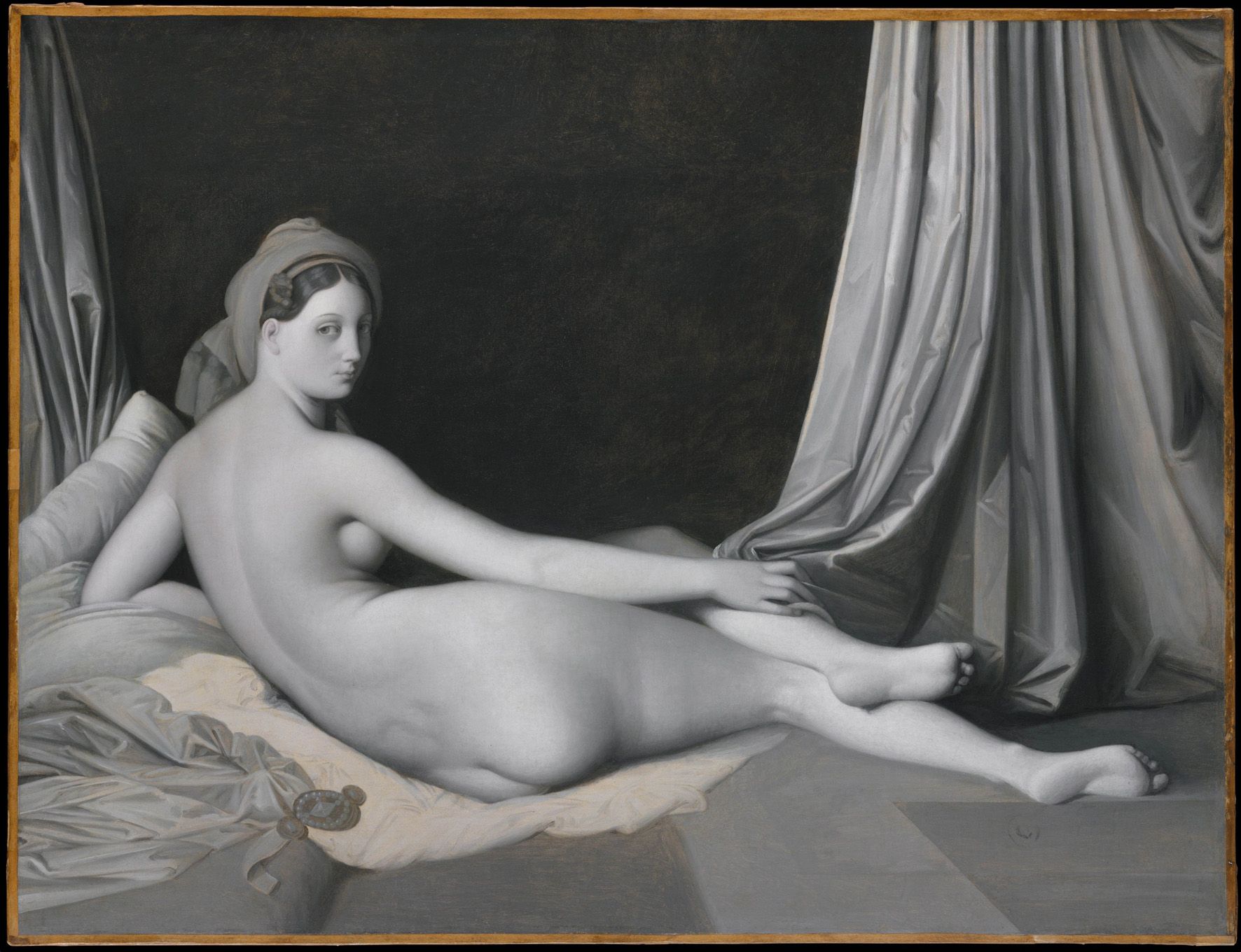Monochrome: Painting in Black and White opens at the National Gallery on the 30th October. The collection comprises over 500 pieces of artwork from around the world, covering 700 years of art history. The exhibition explores why artists have decided that working in colour is not always a necessity, and how they have made art without it.
The limited colour scheme makes this a fascinating selection of artworks. As curators Leila Packer and Jennifer Sliwka have said: without the complexity of colour, artists can experiment more with things like form, texture, and meaning.The exhibition includes work from Old Masters and contemporary artists, including Rembrant Von Rijn, Albrecht Dürer, Gerhard Richter, and Bridget Riley. The diverse choice of art allows you to get a sense of the continuity but also the multiplicity of monochrome as a theme in Western art. Everything is divided into seven rooms, which relate to different aspects of painting in black, white, and grey. You can take a trip through time, observing the development of monochrome artwork as it unfurls before your eyes.
The first room is devoted to Sacred Subjects, and contains some of the earliest works of Western art to be made in grisaille (black, white, and grey). These pieces are religious paintings, created in the Middle Ages. They were made in monochrome so that there was no colour to distract the viewer from the religious message. Colourful art was even prohibited by some religious orders at the time.
Next comes the Studies in Light and Shadow room. The kind of studies in this room began emerging from the 15th century onwards, and were created in monochrome so that the artist could focus on capturing the way light and shadow falls on an object, scene, or figure.
The third room is called Independent Paintings in Grisaille. The pieces in this room were designed to demonstrate technical, artistic skill. Here you’ll see paintings like Jan Van Eyck’s Saint Barbara, a beautiful, mysterious panel painting created in the 15th century. The next room, Monochrome Painting and Printmaking, is full of artwork which had to compete with the new printmaking technology of the 16th Century. Highlights include Hendrick Goltzius’s Without Ceres and Bacchus, Venus Would Freeze, which is on loan from the State Hermitage Museum, St Petersburg. Black and White Painting in the Age of Photography and Film Invention, the sixth room, is also full of art that responded to emerging technology, beginning with the invention of photography in 1839. These paintings show how painters imitated the qualities of photography and film.
The final room is Abstraction, which houses Olafur Eliasson’s immersive light installation, Room for One Colour, 1997. The entire room is bathed in light from sodium-yellow mono-frequency lamps, leaving you in an entirely monochrome world. Like many artists interested in colour theory and the psychological effect of colour, light, space, and hue, Eliasson created this shocking, thought-provoking piece in the hope of getting a particular reaction.
The National Gallery
Trafalgar Square, London WC2N 5DN
Opening times
Saturday – Thursday: 10:00 - 18:00
Friday: 10:00 - 21:00




